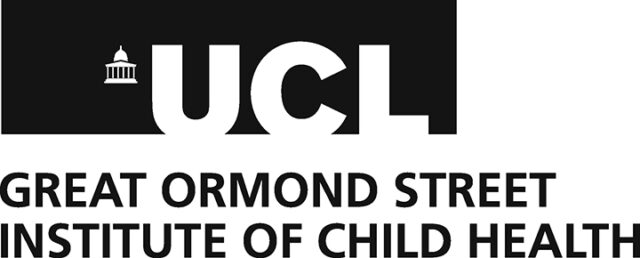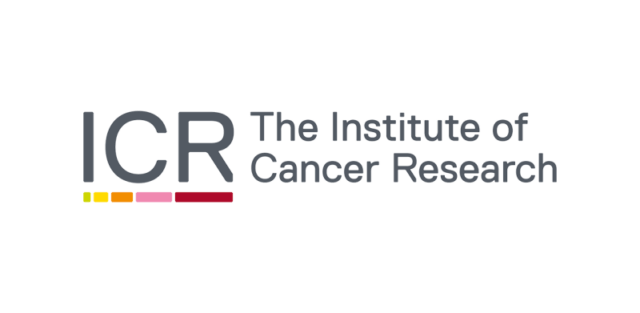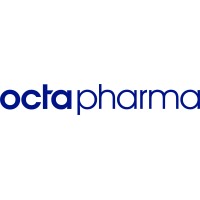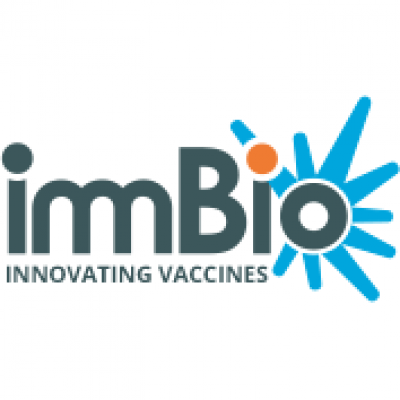Read What Our Clients &
Distributors Say
We routinely run OPAs because we are the WHO reference laboratory and provide testing for many groups. We have been using the ProtoCOL HR for this work for several years but have recently reached colony counting capacity in our lab. To maintain consistency, which is important in a validated assay, we assessed current automated colony counting technology and chose the latest ProtoCOL 3 system because the system is small and its counting performance is faster than the ProtoCOL HR.
We have found the support we have had from the Synbiosis team to help us make the transition to another automated colony counter was helpful so the ProtoCOL 3 was the right choice to help us increase our throughput in vaccine testing.

We are analysing chemiluminescent Western blots to look for expression of thrombospondin proteins. These can form oligomers which are larger than 200 kDa but can have low expression so it is very difficult using chemiluminescent blots and X-ray film to get the exposure just right to detect these proteins.
We decided to install the Syngene G:BOX Chemi XRQ because this system can accurately image large gels and blots with ease. Using the G:BOX Chemi XRQ we can leave the system capturing multiple images and exposures and can always detect our proteins quantitatively even when the signal is faint, avoiding the risk of over-exposure. This means we can analyse our chemi blots more easily and have much more confidence in our results.

We are a department of 70 scientists mainly investigating breast cancer. Recently, we moved laboratory to a space which hadn’t got a darkroom and could no longer develop X-ray films of our chemiluminescent blots. We decided the time was right to move to digitising our imaging and reviewed systems from three different suppliers.
We installed the G:BOX Chemi XX6 because the system produces high quality images in a broad range of applications. We are very pleased with the G:BOX Chemi XX6 as it is simple to use and allows us to have a higher throughput of results compared to using X-ray film. We also like the fact that the system is easy to upgrade for different types of imaging.

We are studying a range of large human plasma proteins using oversized agarose gels and large blots. We assessed the G:BOX Chemi XX6 alongside other image analysers and found this was the only systems that could accommodate such big gels and blots, which is why we chose to install the G:BOX Chemi XX6.
We have since found the software with the G:BOX Chemi XX6 is simple to use, making it easy for us to calibrate our markers and analyse all the protein bands and spots we want to. The system allows us the versatility for the diverse number of current and future projects we have to work on so we are very happy to have chosen the G:BOX Chemi XX6 imager.

We are developing meningitis vaccines against Neisseria meningitidis and have to use the Serum Bactericidal Assay (SBA) to establish efficacy. We are counting around 800 – 1200 colonies on 70 SBA plates every week so to save time and maintain consistency of data we installed a ProtoCOL 3* automated colony counter.
Many of our scientists are not microbiologists but immunobiologists and they find the ProtoCOL 3 SBA counting software is straightforward to use. Often our colonies are very close together or touching and the ProtoCOL 3 software can easily distinguish them. We are very pleased with the way the ProtoCOL 3 peforms and we intend to continue using the system in future for SBA analysis, as well as for more challenging colony counting applications.
* ImmBio was supported in this purchase by a research and development grant from the Technology Strategy Board as part of the government-backed Biomedical Catalyst. Grant number 1204_BCF_CDS_R1 21601-155139 101360

Our imaging work is mainly chemiluminescent blots of proteins associated with inflammatory diseases and is done by PhD and post-doctoral scientists, as well as students on our Masters’ course in Applied Biosciences. We were using ECL/X-ray film for this, but it was costly, required a darkroom and was difficult to obtain good quantitative results, which is why we assessed automated imagers.
We decided to purchase a G:BOX Chemi XRQ because the imaging box is easy to upgrade and Syngene staff are more knowledgeable when we ask technical questions. Our G:BOX Chemi XRQ is now in regular use because it is simple for everyone to set up and produces good quality images. We are pleased we chose the G:BOX Chemi XRQ imager for our lab.


